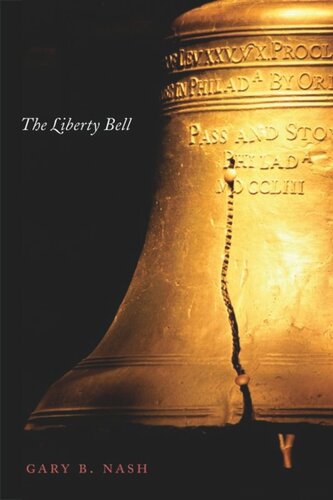

Most ebook files are in PDF format, so you can easily read them using various software such as Foxit Reader or directly on the Google Chrome browser.
Some ebook files are released by publishers in other formats such as .awz, .mobi, .epub, .fb2, etc. You may need to install specific software to read these formats on mobile/PC, such as Calibre.
Please read the tutorial at this link: https://ebookbell.com/faq
We offer FREE conversion to the popular formats you request; however, this may take some time. Therefore, right after payment, please email us, and we will try to provide the service as quickly as possible.
For some exceptional file formats or broken links (if any), please refrain from opening any disputes. Instead, email us first, and we will try to assist within a maximum of 6 hours.
EbookBell Team

4.0
46 reviewsEach year, more than two million visitors line up near Philadelphia’s Independence Hall and wait to gaze upon a flawed mass of metal forged more than two and a half centuries ago. Since its original casting in England in 1751, the Liberty Bell has survived a precarious journey on the road to becoming a symbol of the American identity, and in this masterful work, Gary B. Nash reveals how and why this voiceless bell continues to speak such volumes about our nation.
A serious cultural history rooted in detailed research, Nash’s book explores the impetus behind the bell’s creation, as well as its evolutions in meaning through successive generations. With attention to Pennsylvania’s Quaker roots, he analyzes the biblical passage from Leviticus that provided the bell’s inscription and the valiant efforts of Philadelphia’s unheralded brass founders who attempted to recast the bell after it cracked upon delivery from London’s venerable Whitechapel Foundry. Nash fills in much-needed context surrounding the bell’s role in announcing the Declaration of Independence and recounts the lesser-known histories of its seven later trips around the nation, when it served as a reminder of America’s indomitable spirit in times of conflict. Drawing upon fascinating primary source documents, Nash’s book continues a remarkable dialogue about a symbol of American patriotism second only in importance to the Stars and Stripes.